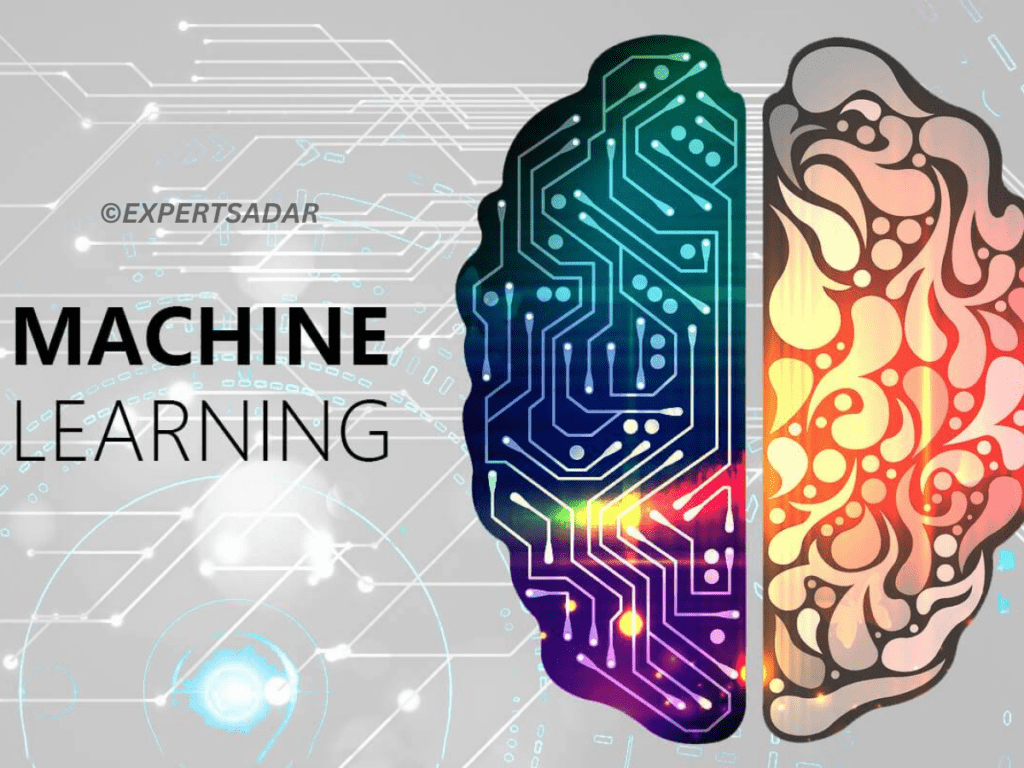Machine learning:-
Within the subject of artificial intelligence (AI), machine learning employs algorithms that have been trained on data sets to generate self-learning models that can classify information and predict events without the need for human interaction. These days, machine learning is applied to a broad range of commercial applications, such as translating text between languages, predicting stock market swings, and making product recommendations to customers based on their previous purchases.
Because machine learning is so widely employed in the modern world for AI objectives, the phrases “machine learning” and “artificial intelligence” are frequently used synonymously. The two terms are, however, fundamentally different. Machine learning, as opposed to artificial intelligence (AI), refers explicitly to the application of algorithms and data sets to the general goal of creating computers with cognitive capacities similar to those of humans.
What is the process of machine learning?
A training dataset is used to shape machine learning algorithms to produce a model. The trained machine learning algorithm utilizes its built model to anticipate outcomes when it receives new input data. The high-level use case scenario is revealed in the figure above. On the other hand, common machine learning examples could incorporate a lot more elements, variables, and procedures. The correctness of the prediction is further verified.
The machine learning algorithm is either deployed or repeatedly trained using an upgraded training dataset until the level of precision needed is attained, depending on how accurate it is. Different machine learning techniques work best for different sorts of issues. They usually fall into one of two categories: supervised or unsupervised, though occasionally we mix the two.
Types of Machine Learning:-
Supervised Machine Learning:-
One instance of supervised learning is the linear regression that we just examined. This indicates that the answers to the thing we’re attempting to forecast are known to exist in our training data. We were able to determine the weight based on height for every individual the linear regression model was trained on. The reason it’s termed supervised learning is that we can quickly assess our model’s performance during training by comparing it to known accurate responses. Regression, decision trees, XGBoost, and many more ml techniques are under the supervised learning umbrella. The label is what we’re attempting to predict in the field of machine learning. Therefore, we refer to the use of labeled training data in supervised ml.
Unsupervised Machine Learning:-
Occasionally, we look for trends in the data we have that haven’t been noticed. What, for instance, are the more general subjects that cover a collection of documents? Is it possible to group movies according on how similar their scripts and narrative summaries are? Unsupervised learning techniques can reveal movie genres and subjects that we may not be aware of beforehand. Latent features are these unidentified characteristics. These latent traits can be found using methods like principal component analysis, K-means clustering, latent Dirichlet allocation, and K-nearest-neighbors. Unsupervised algorithms employ unlabeled training data because we don’t know the answers in advance.
Learning Under Semi-Supervision:-
Projects in the real world aren’t usually that simple. Consider that out of a big collection of training data, only a portion of it has labels (known correct responses). This is not unusual; in many cases, data cannot be used to train a ml system until it has been labeled by a person. For instance, classifying items in a batch of photos used to train an image recognition system may need human classification. But, since there are only so many humans available, there can be a lot more photos than you can properly classify.
This is where learning that is semi-supervised is useful. A model that labels unlabeled data based on the human-generated labels it is given can be trained through supervised learning. We can eventually compare the labels generated by the supervised algorithm with the ones generated by people. As they begin to concur, in situations where the model has a high degree of confidence, we can utilize the supervised model rather than people to label our training data. Pseudo-labels are the labels produced by the machine. These models are characterized as semi-supervised because the training data we use now combines data that was inferred by a model with known labels that were given by humans.
The difficulties and constraints associated with machine learning:-
- Lack of data or diversity in the dataset is machine learning’s main problem.
- If there is no data accessible, a machine cannot learn.
- In addition, an unfocused dataset causes difficulty for the computer.
- To get significant knowledge, a machine must possess heterogeneity.
- When there are few or no variations, it is uncommon for an algorithm can extract information.
- To aid with learning, each group should have a minimum of 20 observations.
- Inadequate assessment and forecasting result from this limitation.
Blog By:- ExpertSadar



